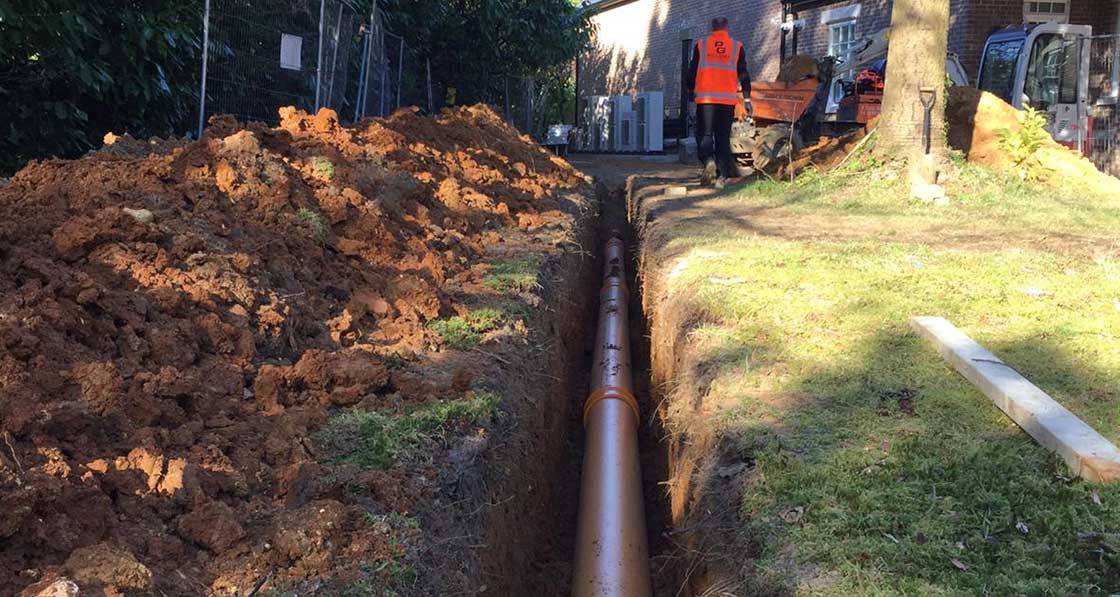
- Marketplace
- Posted
Built Environment completes ‘mammoth’ MVHR installation
Built Environment Technology Ltd are supplying an innovative MVHR system with geothermal intake ducts at a luxury new-build home for a private client and his family, in Surrey.
This article was originally published in issue 34 of Passive House Plus magazine. Want immediate access to all back issues and exclusive extra content? Click here to subscribe for as little as €10, or click here to receive the next issue free of charge
With a gross internal floor area of 1,300 m2, the new home has been designed to provide privacy, space and luxury, including a basement swimming pool with spa and sauna, a fully-equipped fitness suite, a cinema and a golf simulation room. The family accommodation is arranged over four floors, with a separate studio flat above the garages, for guests.
Completing a new-build house of this size is a mammoth task under any circumstances and one which would normally be undertaken by an appointed main contractor, with designated sub-contractors in their various fields of expertise.
In this case, however, the client elected to project manage the entire build process himself, directly appointing specialist contractors throughout.
Built Environment Technology Ltd was appointed as the mechanical ventilation with heat recovery (MVHR) specialist, with full turnkey responsibility for specification, design, procurement and project management. Vent-Axia Sentinel Kinetic High Flow MVHR units were specified, with five units required to meet the airflow demand, in conjunction with a complex system design. Air quality will be proportionally controlled by an integral humidity sensor in each unit, with manual boost override in case of need.
The client also wished to refine comfort as much as possible, whilst reducing the associated energy requirement, and specified two geothermal intake ducts for the MVHR units.
Manufactured by Rehau, ground-to-air heat exchange ducts are designed to eliminate the extremes of outside conditions, by transferring renewable geothermal energy to the intake air.
When outside temperatures are very low, therefore, the intake air temperature is naturally raised, and conventional, high-energy frost protection heating is not required. When outside temperatures are very high, however, the opposite takes effect and intake air is naturally cooled.
When asked about the challenges of heat recovery on such a big project, senior projects manager at Built Environment, Richard Porteous, said: “We have a great deal of experience with very large properties and this is certainly no exception! Attention to detail is critical over a period of many months and it is a huge team effort, both on and off site. It has been refreshing to work directly for the client, as decisions have been made very quickly, when required. We also look forward to monitoring the geothermal intake performance, as outside temperatures vary throughout the year.”
Related items
-
 New Ejot profile cuts thermal bridging losses by 25mm insulation equivalent
New Ejot profile cuts thermal bridging losses by 25mm insulation equivalent -
 Build Homes Better updates Isoquick certification to tackle brick support challenge
Build Homes Better updates Isoquick certification to tackle brick support challenge -
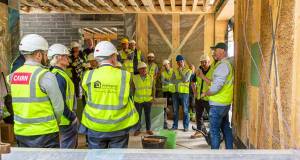 Ecological Building Systems expands UK and Irish straw panel construction with EcoCocon deal
Ecological Building Systems expands UK and Irish straw panel construction with EcoCocon deal -
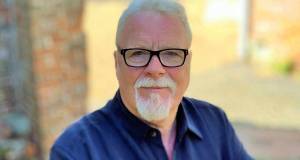 Focus on better buildings, not better spreadsheets
Focus on better buildings, not better spreadsheets -
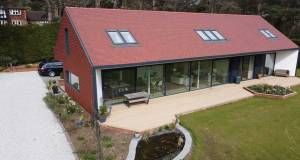 MBC offers total passive house envelope solutions
MBC offers total passive house envelope solutions -
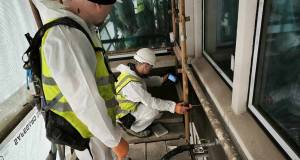 Historic Dublin building retrofitted with cutting edge insulation
Historic Dublin building retrofitted with cutting edge insulation

